New York is renowned for its bustling cities, picturesque landscapes, and diverse wildlife. However, among the beauty and excitement lies a hidden danger that many may overlook: the common dangerous animals that inhabit the state. From the mountains of the Adirondacks to the beaches of Long Island, New York’s wilderness can be home to creatures that pose significant threats to humans.
Imagine hiking through a serene forest, only to come face-to-face with a black bear or encountering a venomous timber rattlesnake. For those planning a trip or living in New York, understanding these risks is crucial to ensuring safety. The mere thought of ticks transmitting Lyme disease or the aggressive bite of a snapping turtle can be daunting.
In this guide, we’ll delve into the most common dangerous animals in New York. We’ll highlight their habitats, behaviors, and how to avoid them, equipping you with the knowledge needed for a safe and enjoyable experience in the Empire State.
Let’s Explore the most common dangerous Animals in New York
According to the New York State Department of Environmental Conservation (DEC), there are approximately:
92 mammal species found in New York State. These include black bears, white-tailed deer, coyotes, foxes, raccoons, and many more.
376 bird species found in New York State. These include bald eagles, bluebirds, hawks, owls, warblers, and many more.
71 reptile species found in New York State. These include snakes, turtles, lizards, and crocodilians. Here a listed some of the top most dangerous animals in New York.
Here we have mentioned just 9 of the common dangerous animals in New York.
Timber rattlesnake
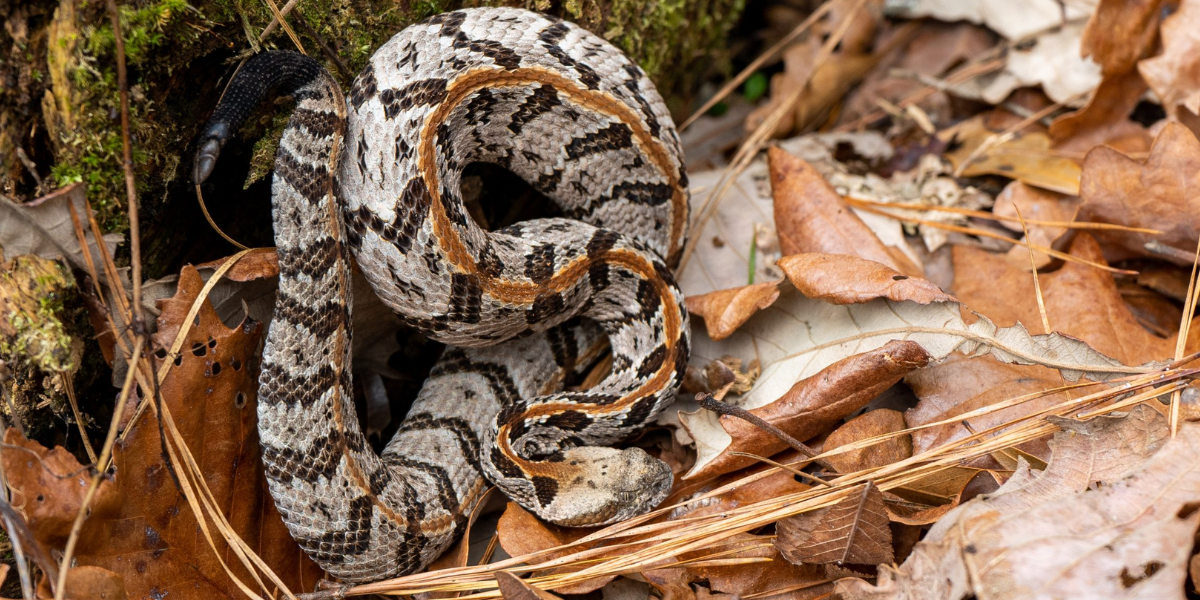
Timber rattlesnakes are large, venomous snakes found in eastern North America. It is most dangerous animal in New York, you will found in forests, woodlands, and rocky areas. Timber rattlesnakes eat a variety of small animals, including mice, rats, squirrels, and birds. They are also known to eat amphibians and reptiles.
The females typically give birth to 6-12 young in the spring. Timber rattlesnakes are slow-growing snakes, and they may not reach sexual maturity until they are 5-7 years old.
They can grow up to 6 feet long and weigh up to 15 pounds. Their venom is highly toxic and can be fatal to humans. If you are bitten by a timber rattlesnake, it is important to seek medical attention immediately. They are listed as a species of least concern by the IUCN.
Bull Moose
Usually reclusive, bull moose get very aggressive during “the rut” (the fall mating season) and will charge if you get too close during this time of year. Although there have been no fatal moose/car accidents in New York yet, some experts believe it’s just a matter of time as the moose population continues to rise.
Ticks
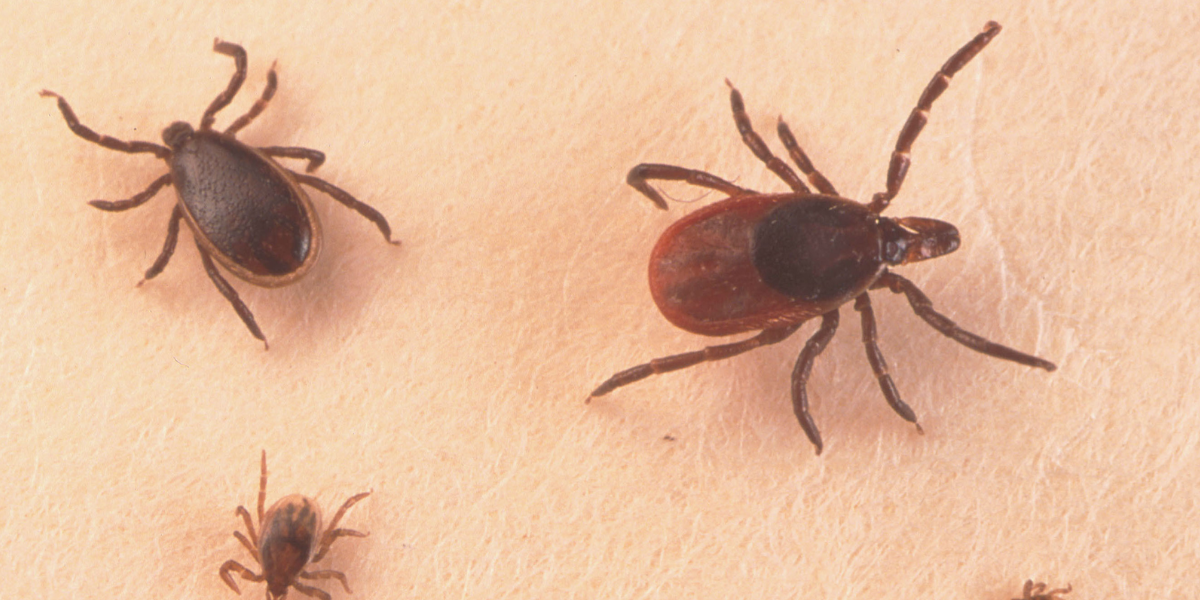
They are found in wooded areas, as well as in grassy areas and gardens. Ticks are small, eight-legged arachnids that feed on the blood of animals.
Ticks feed on a variety of animals, including deer, mice, birds, and humans. They can transmit a number of diseases, including Lyme disease, Rocky Mountain spotted fever, and ehrlichiosis.
Ticks are most active in the spring and fall, but they can be found year-round in some areas.Ticks have a four-stage life cycle: egg, larva, nymph, and adult. The female tick lays her eggs in the spring or fall. These are one of the dangerous creatures.
Black bears

Black bears are found in North America, from Alaska to Mexico. They are the most common bear species in North America, and adaptable to multiple habitats, including forests, mountains, and swamps.
Black bears are omnivores, and their diet varies depending on the season. In the spring and summer, they eat a variety of fruits, berries, and insects. In the fall, they eat nuts, seeds, and acorns. In the winter, they hibernate, and they survive on their body fat.
Black bears are most common dangerous animals in New York who are solitary animals, except for during the breeding season. Females typically give birth to 2-3 cubs in the spring. Cubs stay with their mother for about 17 months.
These wild animals are excellent swimmers, and can climb trees. They are an important part of the ecosystem and plays an important part in controlling the populations of insects, berries, and other plants.
Beaver
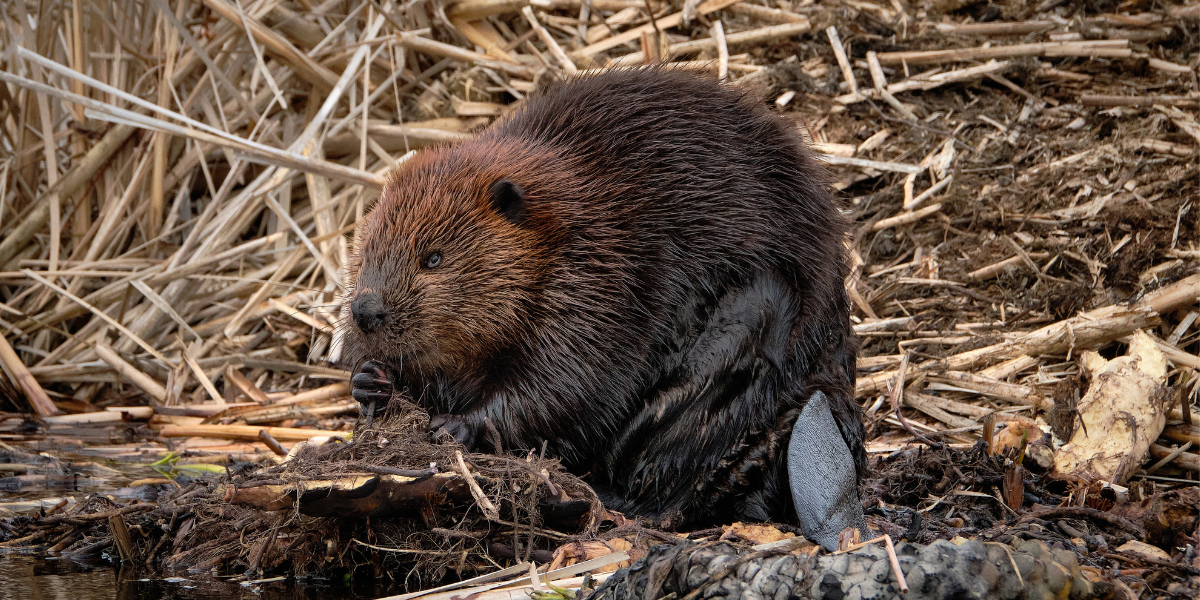
Beavers are common dangerous animals in New York, they are large, semi-aquatic rodents that are found in North America, Europe, and Asia. They are known for their ability to build dams, which they use to create ponds and wetlands.
Beavers are herbivores and eat a variety of plants, including bark, twigs, and leaves. They also eat aquatic plants, such as pondweed and water lilies.
Beavers are social animals and live in family groups called colonies. Colonies can range in size from 2 to 12 individuals. Beavers mate for life and typically have 3 to 4 kits per year. Kits are born blind and helpless, but they grow quickly and are able to swim within a few weeks of birth.
Their front teeth keeps growing throughout their life. They can hold their breath for up to 15 minutes. Beavers are an important part of the ecosystem, as their dams help to control flooding and provide habitat for other animals.
Mosquitoes

Mosquitoes are found all over the world, except for Antarctica. They are most common in warm, humid climates, but they can also be found in temperate areas. Mosquitoes are attracted to heat, moisture, and carbon dioxide, so they are often found near people and animals.
Mosquitoes are hematophagous, which means they feed on blood. Only female mosquitoes bite, as they need the blood to develop their eggs. Mosquitoes can transmit a variety of diseases, including malaria, dengue fever, yellow fever, and Zika virus.
The mosquito life cycle has four stages: egg, larva, pupa, and adult. Mosquitoes lay their eggs in water or moist places. The larvae hatch into pupae, which then hatch into adults. Adult mosquitoes live for about one to two weeks.
The female Anopheles mosquito is the only mosquito that can transmit malaria. Mosquitoes can fly up to 1.5 miles in search of a blood. They can detect their prey from the carbon dioxide that we exhale from up to 50 feet away.
Snapping turtles
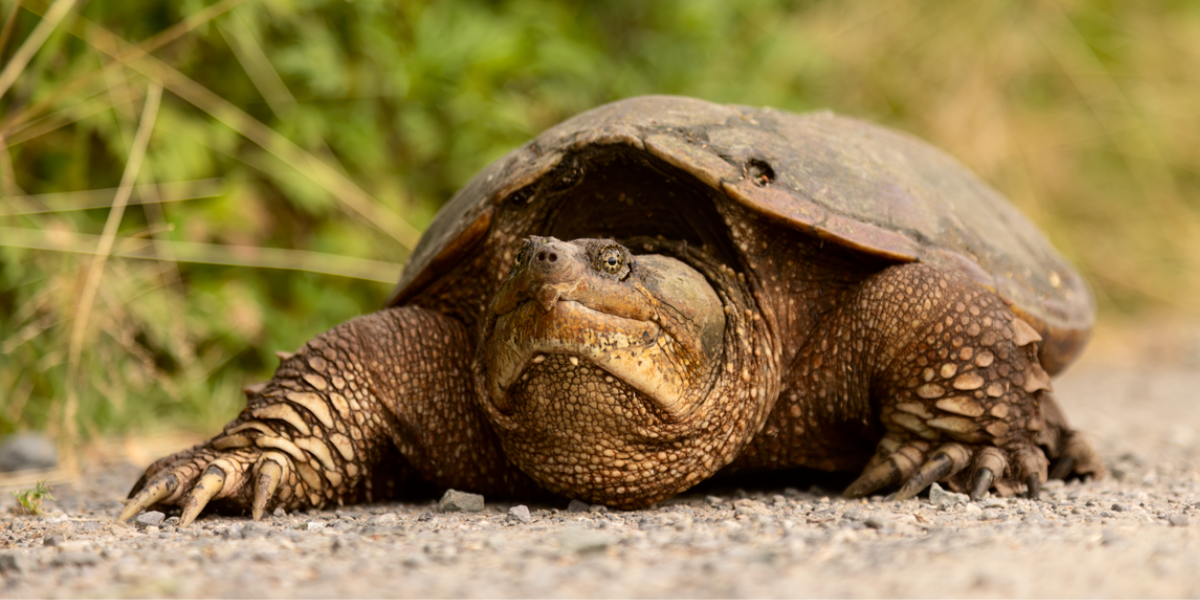
Snapping turtles are found in freshwater habitats throughout North America, from southeastern Canada to the Gulf Coast and Mexico. They are large turtles, with some individuals reaching up to 30 inches in length and weighing over 100 pounds.
Snapping turtles are omnivores, and their diet consists of a variety of animals, including fish, frogs, snakes, insects, and even small mammals. They are also known to scavenge on carrion.
Snapping turtles are solitary animals, and they only come together to breed. Mating occurs in April and females lay their eggs in nests dug in the sand or mud. The eggs hatch in about 2 to 3 months, and the young turtles are independent from birth.
Their powerful bite can easily crush bone, and these turtles can live for over 40 years.
Eurasian Boar
Eurasian boars are a highly adaptable, destructive, non-native, invasive species. The DEC and the USDA have made significant strides in eradicating them from much of the state’s landscape in recent years. Nevertheless, if you encounter one, be cautious. They can be very aggressive, especially when protecting their young. Males have sharp tusks, which they won’t hesitate to use when threatened or scared.
Red-Tailed Hawks
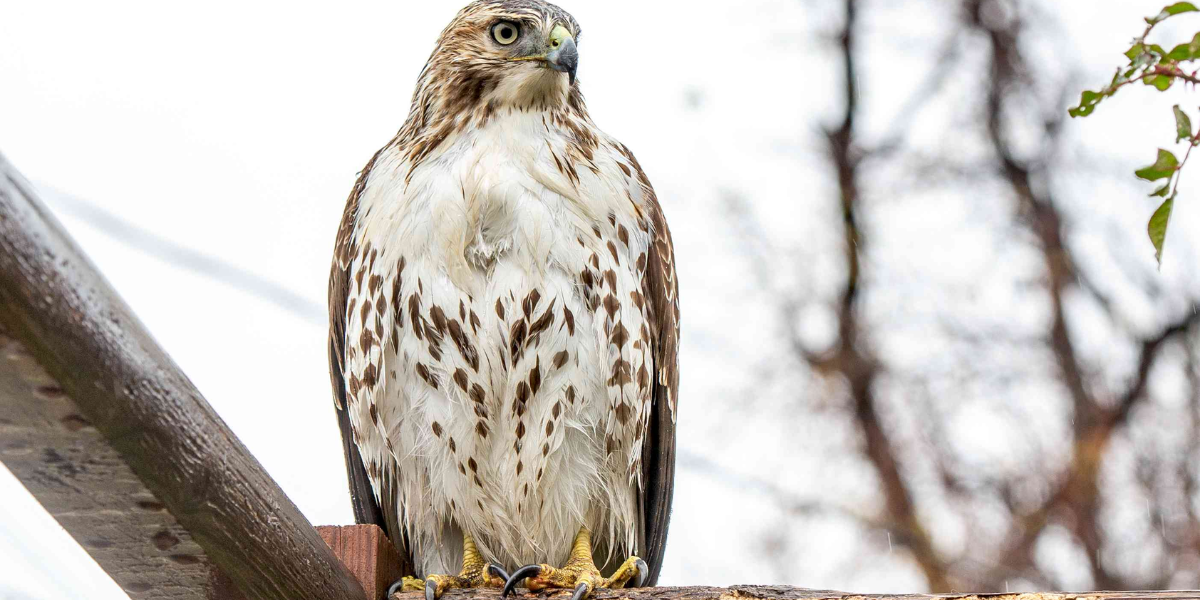
Red-tailed hawks are found throughout North America, from Alaska to Mexico. They are one of the most common hawks in North America, and they are often seen soaring over open fields and forests.
Red-tailed hawks are common dangerous animals in New York, and these carnivores eat small animals, including rodents, rabbits, birds, and reptiles. They are also known to eat insects, fish, and amphibians.
Red-tailed hawks are monogamous, and they mate for life. They build their nests in trees, and the female lays 2-5 eggs. The eggs hatch after about 30 days, and the young hawks fledge after about 45 days.
It is one of the dangerous animal. They have a wingspan of up to 5 feet, and can weigh up to 4 pounds. These hawks have a lifespan of up to 20 years.
Eastern Coyote
Normally skittish around humans, coyotes can be dangerous if they become habituated to residential areas for food or other reasons. They’ve been known to attack small dogs and cats and shouldn’t be trusted around young children. While attacks on humans are rare, there have been incidents, such as the 2009 fatal attack on a woman in Nova Scotia and a recent incident where two women in Wolcott, NY were bitten by a rabid coyote.
Rats
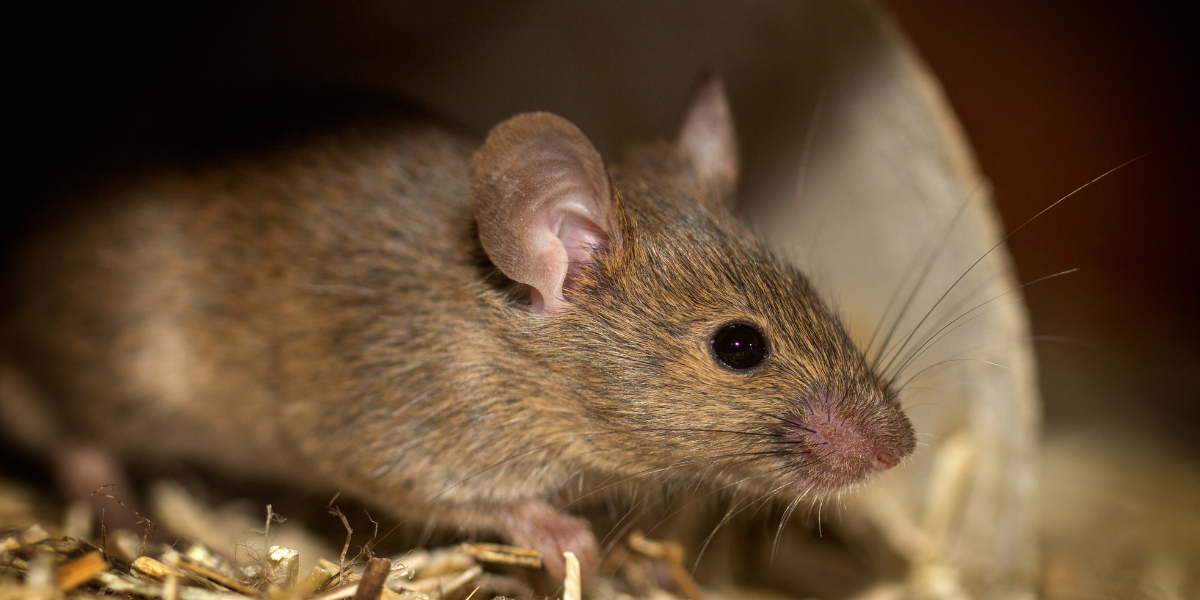
Rats are found all over the world, in both urban and rural areas. They are omnivorous and will eat almost anything, including food scraps, garbage, insects, and even other rodents. Rats are very good at adapting to their environment and can survive in a variety of conditions.
Rats are social animals and live in groups called “mischiefs. They can reproduce very quickly, and a female rat can give birth to up to 20 pups at a time.
Rats can swim and climb, and they can fit through very small holes. They have a very good sense of smell and hearing. These rodents can transmit diseases to humans, such as the plague and salmonella.
Black widow spiders
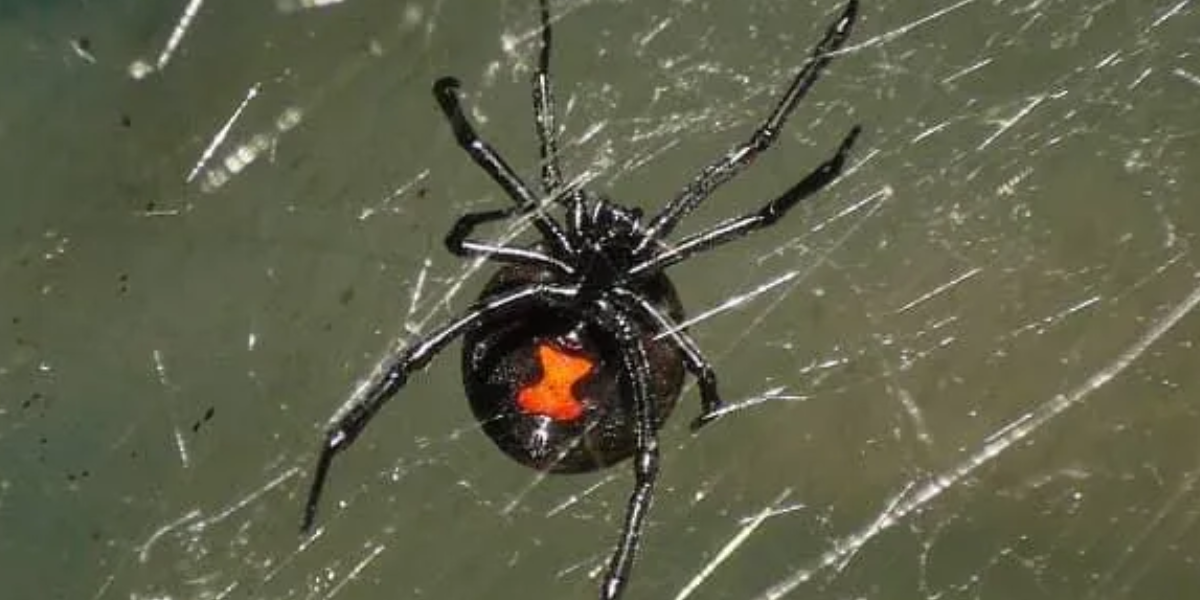
They are most common in the southern and southwestern United States, but they can also be found in other parts of the country, as well as in Canada, Mexico, and Central and South America.
These spiders are typically found in dark, undisturbed places, such as woodpiles, sheds, and under rocks. Black widow spiders are venomous and their bite can be dangerous, and can be deadly. It is one of the most dangerous animals.
Black widow spiders are common dangerous animals in New York. these solitary animals and they only come together to mate. After mating, the female black widow spider often eats the male. The female black widow spider is larger than the male.
National bird of New York
The national bird of New York is the Eastern Bluebird (Sialia sialis), it is one of the most common dangerous animals in New York. It was designated as the state bird in 1970. The Eastern Bluebird is a medium-sized songbird with a blue back, a rusty-orange breast, and a white belly.
It is about 6.3 to 7.9 inches long and weighs about 0.7 to 1.2 ounces. Eastern Bluebirds are found throughout North America, except for the far north and the desert southwest. These birds help to control insect populations.
FAQs
What predators live in New York State?
Black bear, coyote, bobcat, fisher, northern goshawk, great-horned owl, long-eared owl, river otter, and even the snapping turtle are some common predators live in New York state.
What is the apex predator of New York?
Sharks are the apex predator of New York.
Are there any poisonous animals in New York?
Yes, New York is home to several poisonous animals, including the timber rattlesnake, copperhead, and the eastern massasauga. Additionally, the black widow spider and some ticks can pose health risks due to their venom or disease transmission. Caution is advised when encountering these creatures.
What is the most common animal in New York?
The white-tailed deer is one of the most common animals in New York. Widely distributed across the state, they are frequently seen in forests, fields, and suburban areas. Their adaptability to various environments makes them a ubiquitous presence in New York’s diverse landscapes.
- What Should I Do If A Koala Bites Me? Safety Guide - 2024-05-30
- Are Kangaroos Born Without Hind Legs? A Fascinating Journey - 2024-05-30
- Animals That Look Like Squirrels - 2024-05-30









